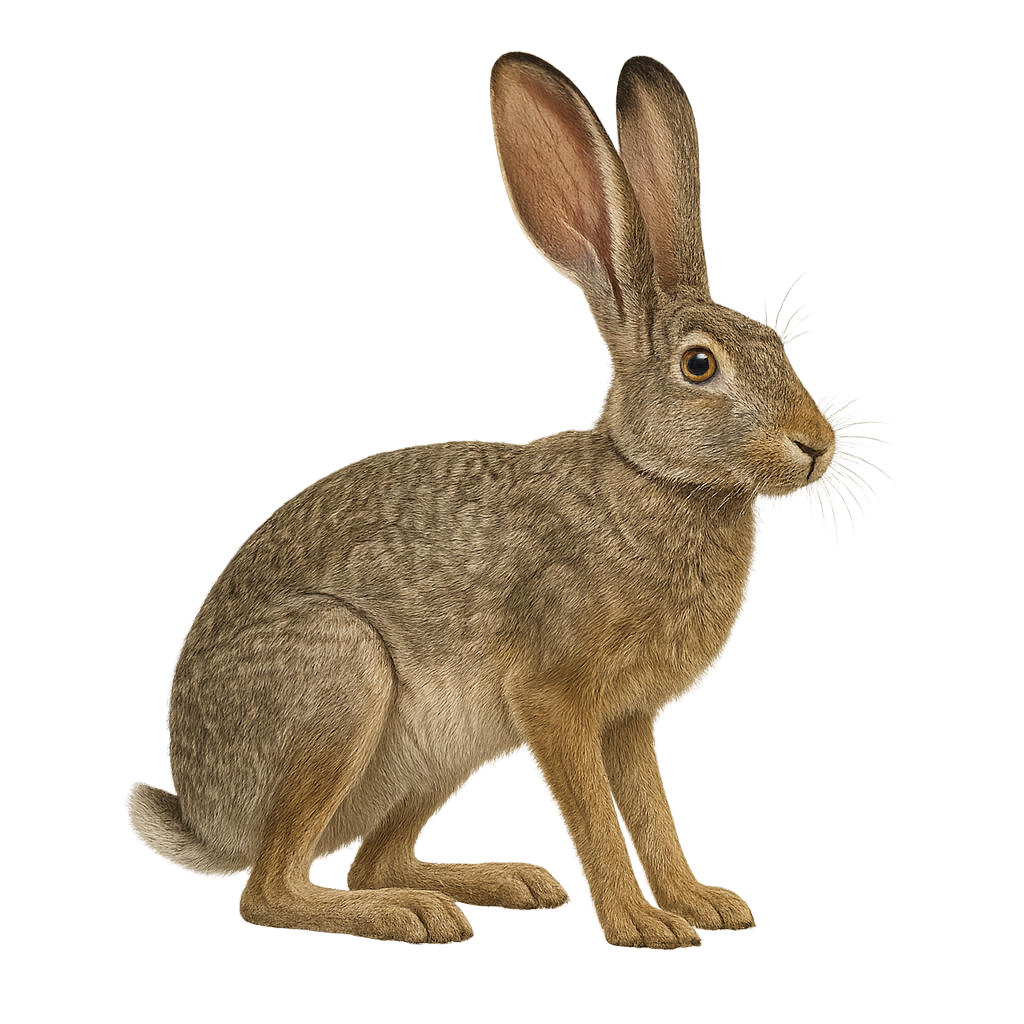Your wildlife photography guide.
Explore the scrub hare in detail, study its behavior, prepare your shots.
Where to observe and photograph the scrub hare in the wild
Learn where and when to spot the scrub hare in the wild, how to identify the species based on distinctive features, and what natural environments it inhabits. The WildlifePhotographer app offers tailored photography tips that reflect the scrub hare’s behavior, helping you capture better wildlife images. Explore the full species profile for key information including description, habitat, active periods, and approach techniques.
Scrub Hare
Scientific name: Lepus microtis

IUCN Status: Least Concern
Family: LEPORIDAE
Group: Mammals
Sensitivity to human approach: Suspicious
Minimum approach distance: 10 m
Rut period: August to December
Gestation: 42-44 jours
Births: September to January
Habitat:
Savannas, grasslands, bushy areas
Activity period :
Mainly active at night, generally discreet during the day.
Identification and description:
The Lepus microtis, commonly known as the scrub hare, is a medium-sized mammal found primarily in the savannas and grasslands of sub-Saharan Africa. This hare is easily recognizable by its long ears and grayish-brown fur, which helps it blend into its surroundings. It is mainly nocturnal, allowing it to avoid daytime predators. The scrub hare is an herbivore, feeding primarily on grasses, leaves, and young shoots. It has a remarkable ability to adapt, allowing it to survive in various habitats, from grassy plains to bushy areas. Although often solitary, it can sometimes be seen in small groups.
Recommended lens:
400 mm – adjust based on distance, desired framing (portrait or habitat), and approach conditions.
Photography tips:
To photograph the scrub hare, it is advisable to use a telephoto lens of at least 400mm to capture detailed images from a distance. Since this animal is mainly nocturnal, it is best to photograph it at dusk or dawn when the light is soft. Use a tripod to stabilize your camera and avoid motion blur. Be patient and discreet to avoid scaring the hare, and try to capture moments when it is moving or feeding for more dynamic images.
The WildlifePhotographer App is coming soon!
Be the first to explore the best nature spots, track rutting seasons, log your observations, and observe more wildlife.
Already 1 439 wildlife lovers subscribed worldwide

